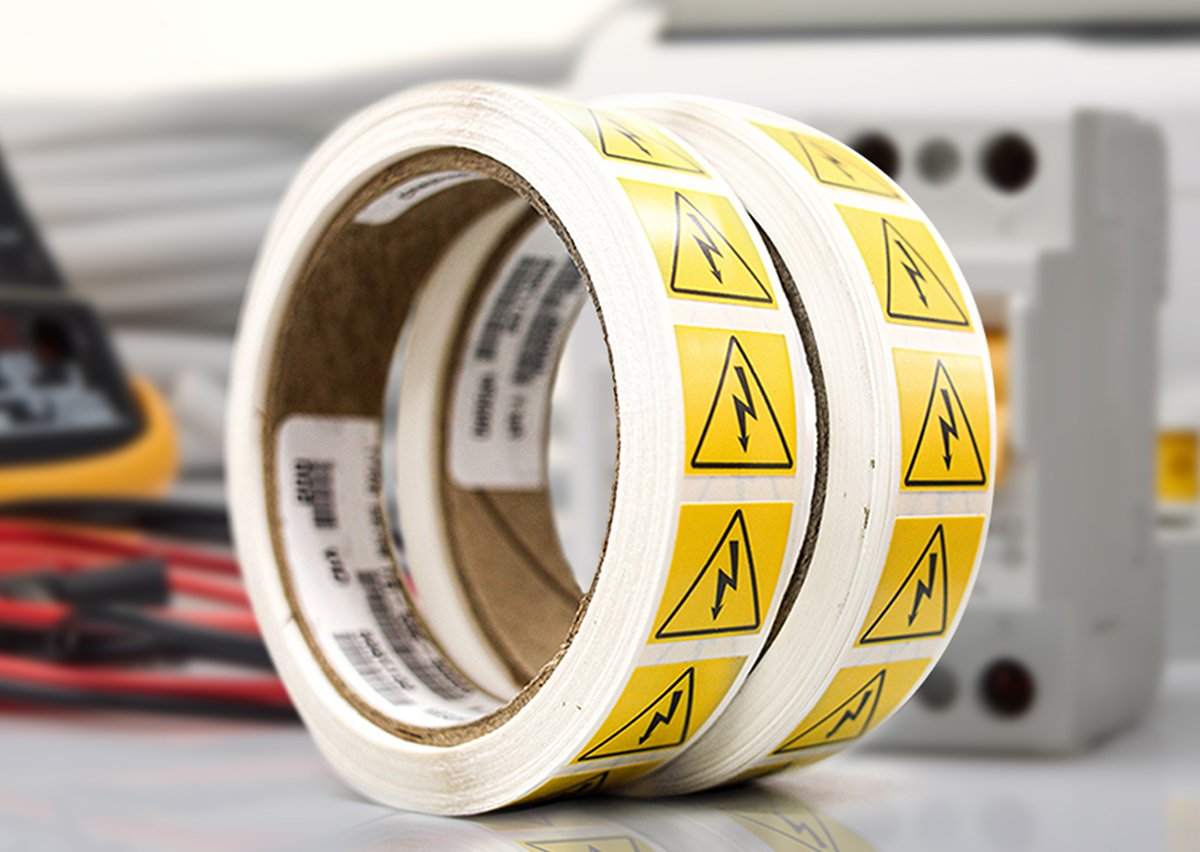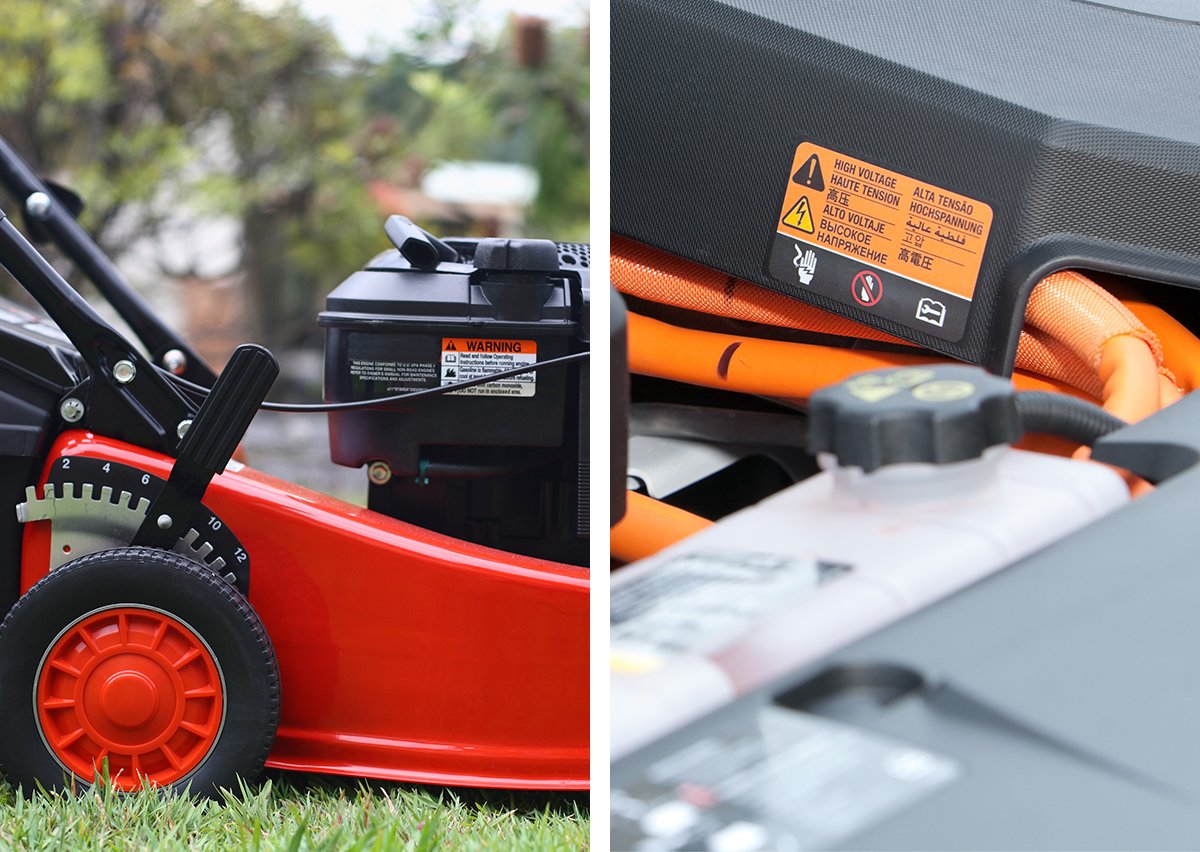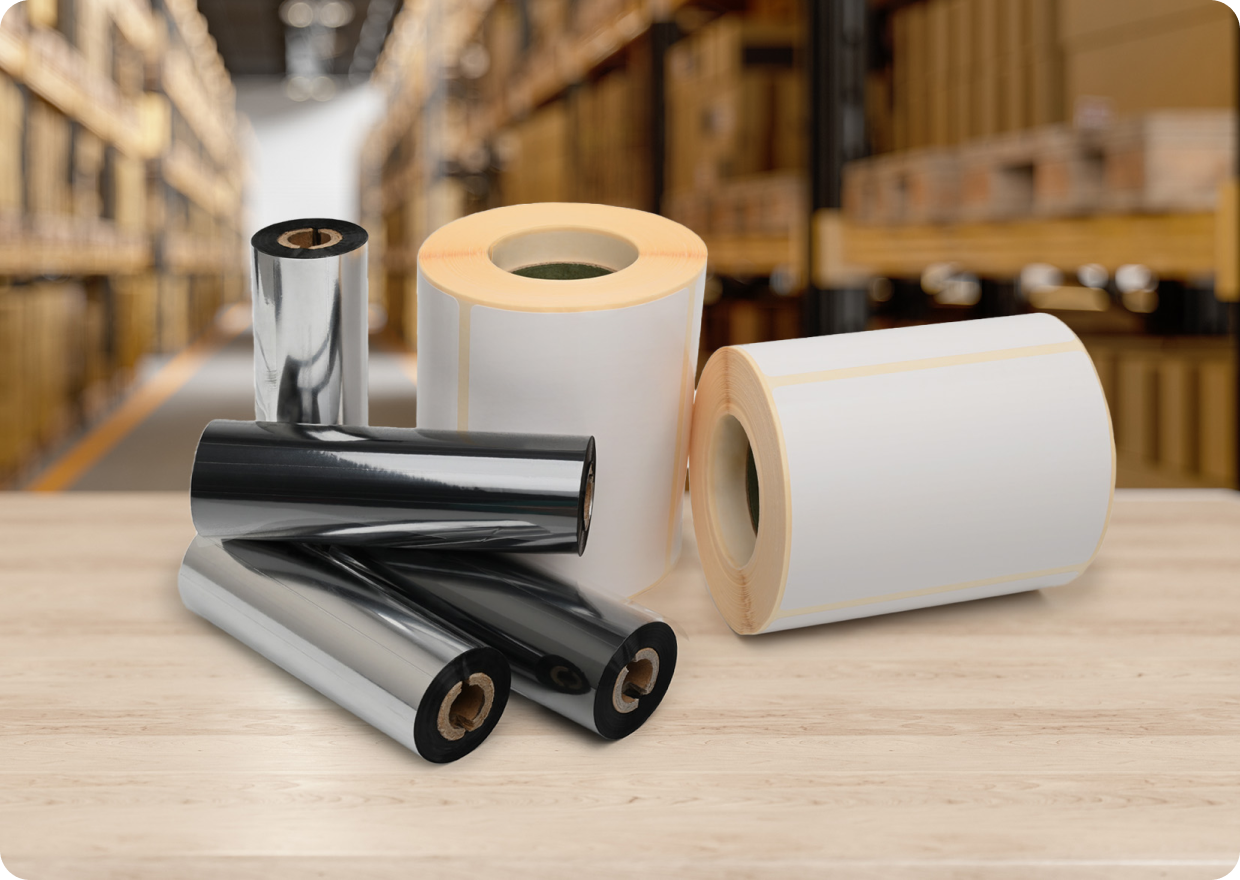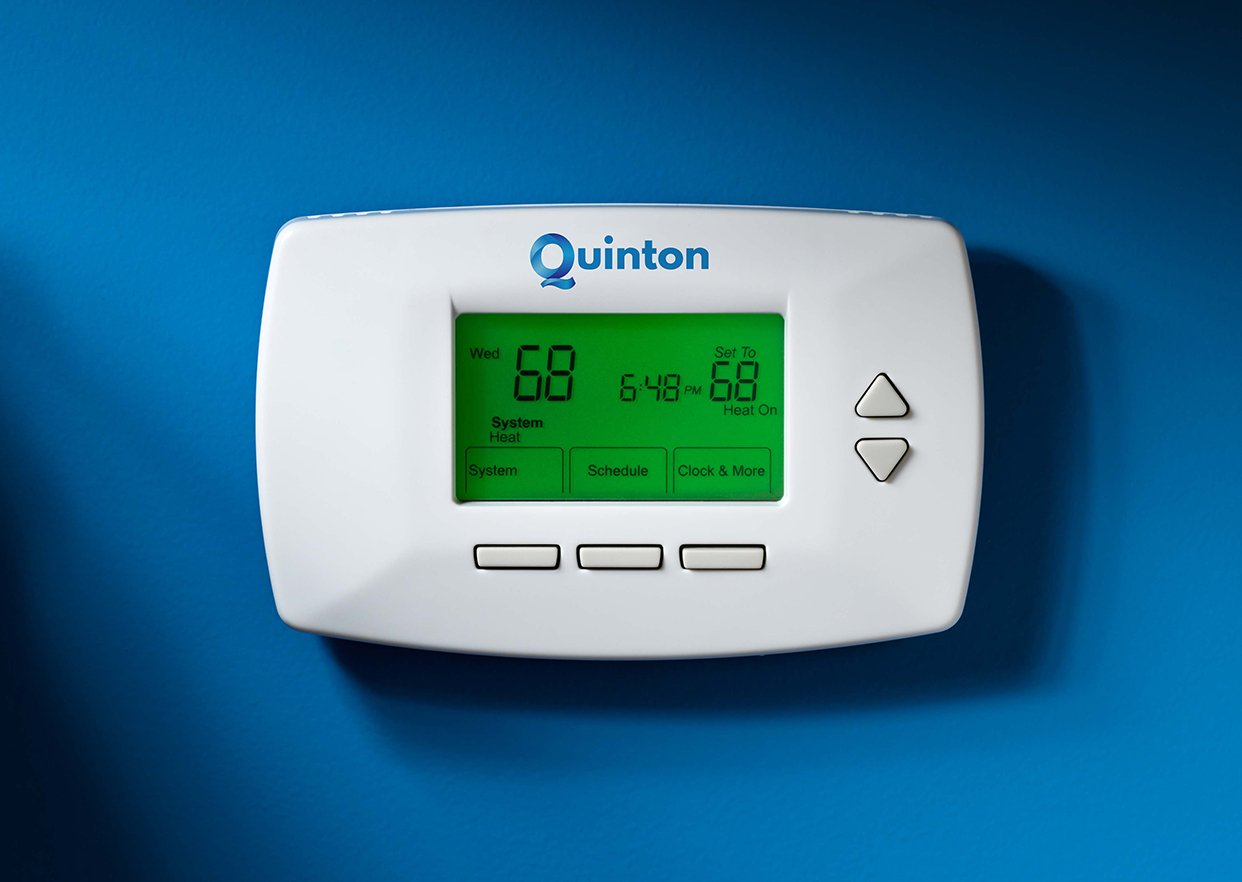With this seventh and final blog in the series, we explore the types of ongoing process improvements that can be made to further reduce your TCO.
Ongoing Process Improvements in Label Programs
To significantly reduce the TCO of your durable industrial labels, you need to look at the entire label program. Thankfully, the process of creating a lean label management program doesn’t need to be complicated. You simply need a process that will ensure meaningful, practical and long-lasting results. One proven approach is Organize, Analyze and Optimize:
- The first step – before investigating possible areas of improvement – is to organize your current program to better manage daily efforts.
- The next step is to analyze the form, fit and function of all printed production parts. On-site assessments incorporating Lean Manufacturing principles can help uncover hard and soft dollar savings.
- Armed with this information, it’s then possible to optimize the label program through things such as material consolidation, re-engineering, substitution, die size reductions and migration to alternate technology solutions.
Here is a more detailed look at the Organize, Analyze and Optimize method.
Organize
As the saying goes, “if you don’t know where you are going, any road will get you there.” The best way to optimize your label program is to decide what you want to achieve and how you want to get there. Begin by taking stock of your current situation and how your labels are managed today.
- Are you centralized or decentralized in your approach?
- What data do you currently have about your program? Is it enough?
- Most importantly, do you have a label supplier who is capable of helping you achieve the desired future state? If not, start meeting with label suppliers until you find one who has the capabilities you’ll need to achieve your goals.
Once you understand where you are, where you want to go and have selected a qualified label management partner, it’s time to work together on a plan to solidify the day-to-day needs of the existing program. Eliminating stock-out situations is a good place to start.
However, a note of caution is warranted. While some companies choose to select a single label partner, others work with several companies. If you choose to work with several label suppliers, be prepared to play the role of overall subject matter expert and have all label-related activities supported by your own in-house resources. Don’t underestimate the resource commitment this requires.
Analyze
Once the label program is running smoothly, you can make an honest, in-depth assessment of the labels used in each facility. These assessments should focus on three things:
- Consolidation – Identify opportunities for consolidating and standardizing labels.
- Materials – Ensure that appropriate label materials are used.
- Inventory management – Evaluate inventory management and procurement programs to unlock savings opportunities.
The form, fit and function of each label should be carefully reviewed during the Analyze step. Take this opportunity to ask a number of probing questions:
- Does the label meet key durability requirements?
- Is it right-engineered to use the best-fit sustainable materials?
- Is it made from standardized materials?
- Is there an efficient on-demand production/inventory process?
These facility-specific label assessments will disclose corrective actions needed and opportunities for optimization. For even deeper insights, conduct interviews to better understand how the program currently operates and to solidify program design going forward:
- Who is responsible for developing and managing label designs?
- Are the proposed label specifications acceptable to stakeholders?
- Who is responsible for avoiding line-down situations due to labels?
- How will the labels be displayed on the product?
- What are the ongoing challenges facing each location/line?
- How will monitoring and enforcement work?
- Who will evaluate the program in the future, and how often?
Optimize
To move forward from the Analyze phase, findings should be grouped as appropriate. For example, opportunities that drive process improvements, increase environmental sustainability, or reduce cost.
Implementation can then occur according to priority based on risk, cost and resource/effort as weighting factors. Projects that will reduce the most risk with the least effort and highest financial return should be addressed first. And remember, it’s important to embrace change. Be open to testing new materials and processes as it can result in substantial long-term savings.
Once fully optimized in this manner, a label program becomes repeatable and a natural part of organizational culture. Benefits can be realized with no organizational disruption across every aspect of the label program. For example:
- Cost savings through reduced obsolescence waste.
- Reduced operational risk through formalized line-down avoidance measures.
- A smaller environmental impact through the use of “greener” label constructions.
- Lead times shortened from weeks to days through vendor-managed inventory (VMI) and print-on-demand (POD).
- Simplified agency and industry compliance processes.
- Streamlined engineering processes and version control.
- Faster first-part approvals.
- Efficient 24/7 access to all program data and drawings via online label management systems.
Putting It All Together
As this seven-part blog illustrated, there is not a single “fix” that can magically eliminate waste from a durable industrial label program. The idea that labels are commodities to be sourced using a least-cost label approach has given way to the understanding that labeling programs are complex. When not run with the same care as other indispensable business operations, great harm can result – including damage to brand loyalty, line shutdowns, higher costs, and increased liability and risk.
Instead, progressive manufacturers recognize that labeling is a strategic activity, not tactical. A well-run label management program requires strategic planning and the selection of a qualified label supplier. Working together, it is possible for client and supplier to reduce the total cost of ownership of durable industrial labels year over year.
Taylor: The MAP3 Analysis
Taylor has a proprietary methodology for reducing the total cost of ownership on durable industrial label programs for our customers. Called the Methodical Assessment of Printed Parts and Processes – or MAP3 for short – this analysis explores the form, fit and function of every label. The goal is to drive performance improvements and cost reductions through re-engineering, substitution and material consolidation.
To learn more about Taylor’s expertise with durable labeling solutions – including our unique MAP3 process – please contact one of our labeling experts




.png)





